I stepped out onto open deck wrapped up in my gloves, hat, scarf and so many layers that I resembled the Michelin man. The sea was silently calm and only gently lit with the beginning of the morning sunrise – it was 6 am and I was sailing south across the Bay of Biscay, several miles off the west coast of France.
My local patch for this week has moved from the Inner Hebrides, as I was away with work doing a cetacean survey – and I was eager to get spotting some new wildlife. Don’t get me wrong, I don’t want to be “speciesist”, but after 3 years of working with minke whales, bottlenose dolphins and harbour porpoise I was keen to tick some different species off my wish list. Top of my list were fin whales (second largest, after the blue whale) and pilot whales (members of the blackfish family which also includes orcas).
The sea breeze was surprisingly warm, but I knew after a half an hour in the cooling wind I’d be freezing.
Only seconds after making it (or waddling) up to the top deck of the 185 metre ship did I see the water erupt with white specks on the horizon. Waves? No – the rest of the sea flat calm…there was only one other thing they could be – and they were charging straight for us at full speed.
“Dolphins!” I called into the muggy sea air, and guests ran to my side with murmurs of excitement – forgetting they were cold, sleepy and hadn’t had breakfast. The black dots of the pod were scattered over a kilometre wide and could be seen from both port and starboard sides of the ship. After waiting for them to come close enough to us, I caught sight of yellow flashes down their sides in the morning sun – common dolphins!
First thing to tick off the list. Despite them being “common” and known for travelling in large groups, I’ve never seen one in the 3 years I’ve been guiding and surveying around the UK – so to see them racing towards me in the early morning light was breathtaking.
Smaller than the bottlenose dolphins (but with a boisterous personality to match) they stormed towards us simply to ride in the wake of the ship. We counted 274 in total. Not bad before breakfast!
As the day progressed sunfish were spotted basking at the warm surface, along with a distant breaching minke. Descending from the exposed top deck for lunch I nodded to the sunlotion-covered families sunbathing in bikinis. They stared at me, open mouthed, as I shuffled past their cocktails in my 25 layers of clothing.
When I came back up I learned my team had seen two fin whales. Never, ever, again will I stop whale watching to do something as utterly unnecessary as eat lunch.
For the rest of the day I stubbornly glued my eyes to the ocean, deeming food and water to be for wimps. Throughout the afternoon the howling wind made it extremely difficult to hold binoculars straight – but, nonetheless, fins were spotted 800 metres away.
“Bottlenose dolphins!” someone shouted – but I wasn’t convinced – they were too big…their dorsal fins too rounded…could they be?
“PILOT WHALES!” a colleague shouted. Oh YES. Now we can get excited. A pod of 6 pilot whales were making their way north off the starboard side. A couple of young ones breached, sending 4 metre splashes into the air.
Shortly afterwards, bottlenose dolphins appeared, accompanied by a Risso’s Dolphin (another first!) and ANOTHER pod of pilot whales appeared off the port side (so I decided that I like pilot whales more than fin whales. Again, not being speciesist).
And so it went on. Striped dolphins, over 50 leaping tuna, and even a blue shark…then more common dolphins.
The only problem in watching wildlife which lives below the waves, from 25 metres above the waves, is that it is exceptionally difficult to get photographs! A lot of sightings were several hundred metres away and lasted a matter of heart-stopping seconds – long enough to point them out to guests, but not enough to take photos (but if you’d like to see my extensive library of near-miss photographs that I took on the trip, involving lots of waves and the occasional splash, then please do email me).
All in all, a great wildlife trip. We also saw 24 different bird species – from shearwaters, skuas (Great, Arctic and Long Tailed) to Sabine’s gulls and even a marsh harrier!
Thanks for reading, and I’ll catch up with you again soon!
Sara





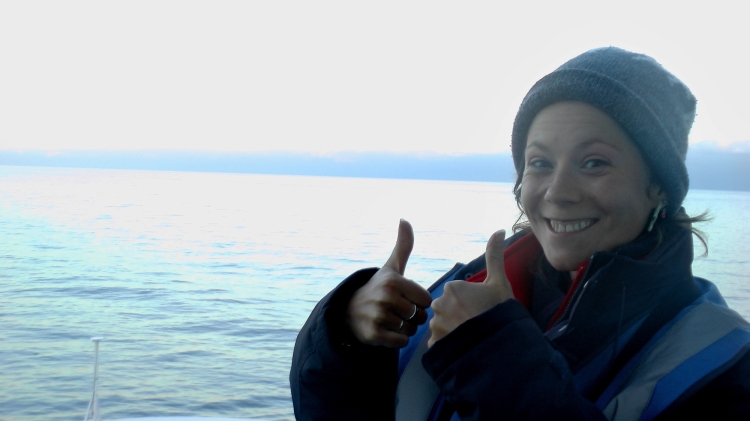




















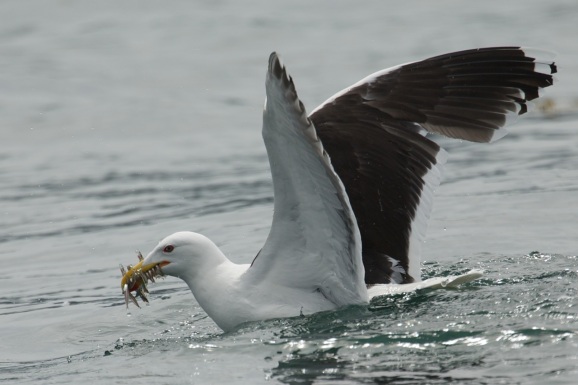

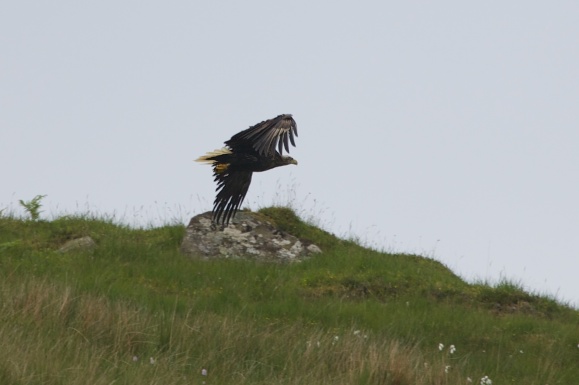
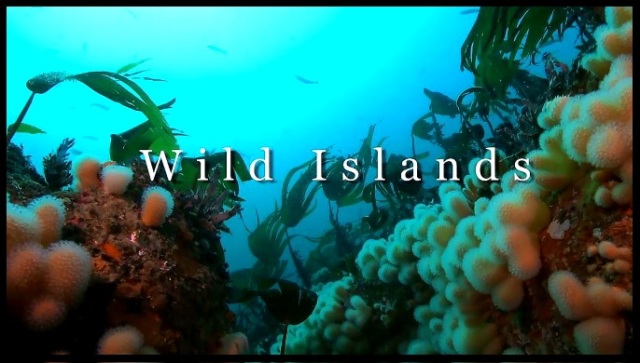
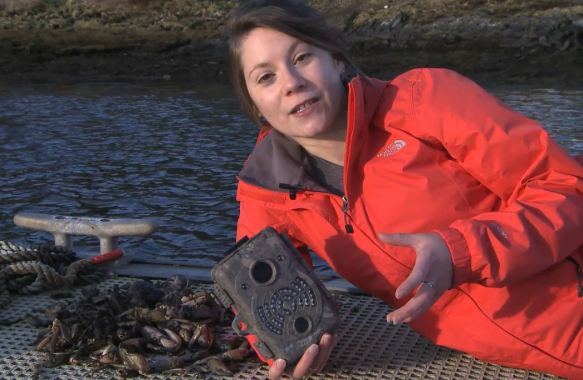
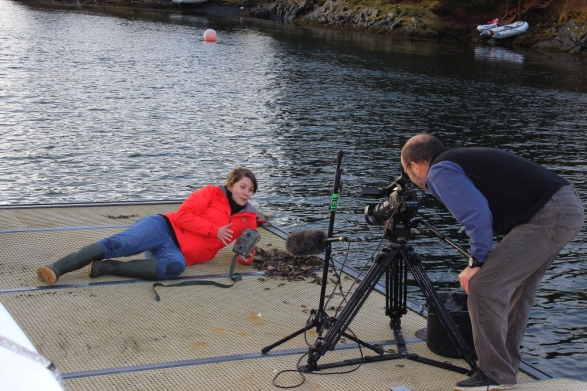
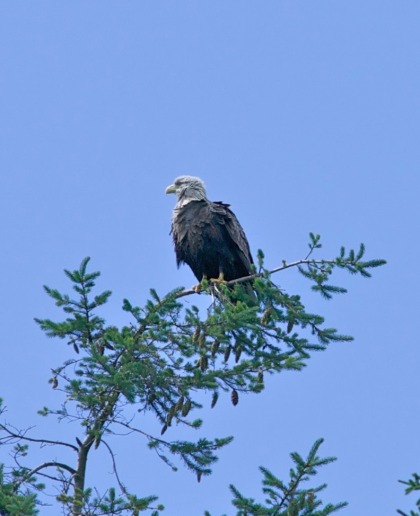
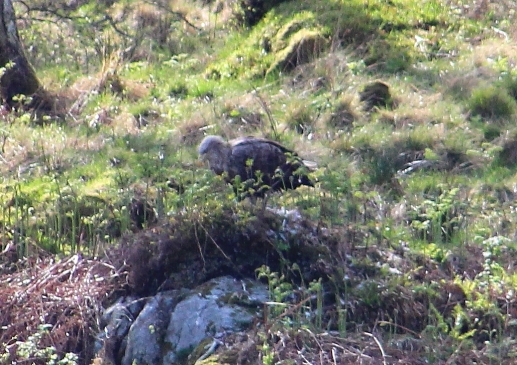
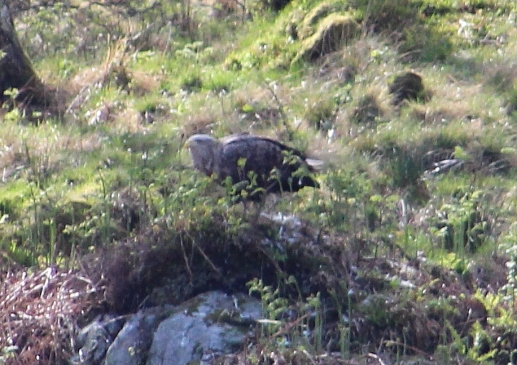
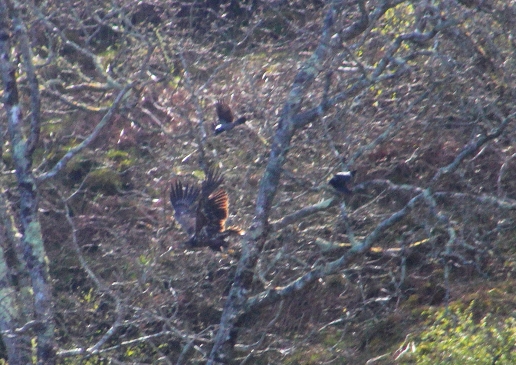
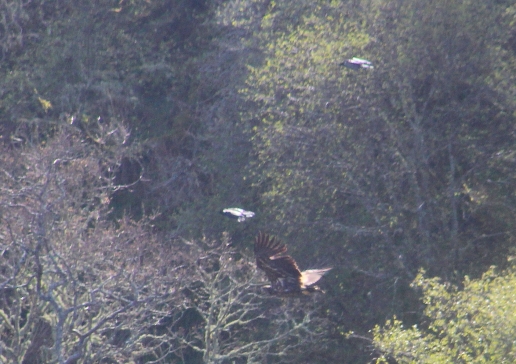
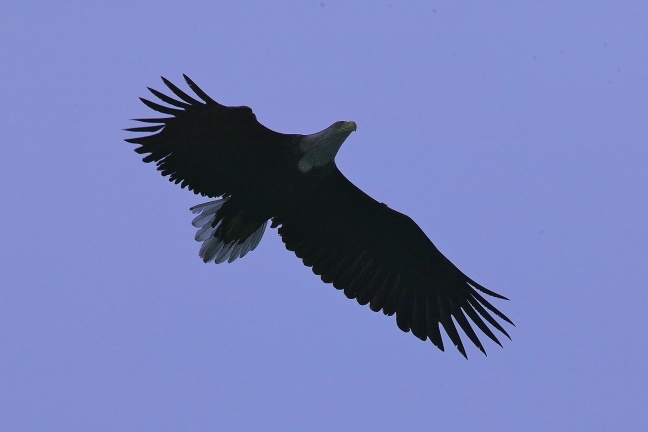
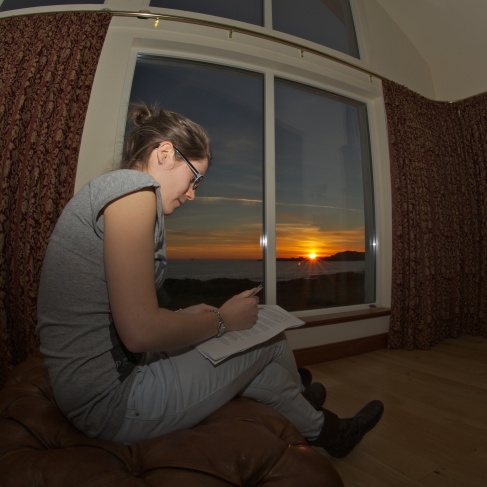 Hoping for more calm weather to come, and that it brings the wildlife with it.
Hoping for more calm weather to come, and that it brings the wildlife with it.